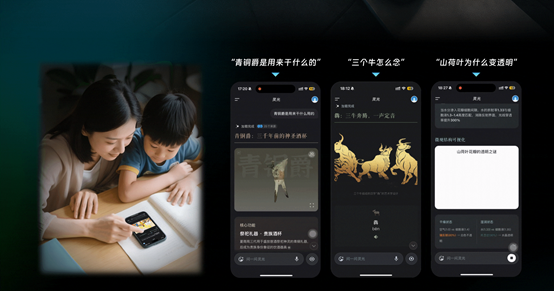Artificial intelligence (AI) generated images have revolutionized the field of architectural design, offering architects the flexibility to produce highly complex and imaginative designs.
However, in areas involving culture, sensitivity, and religion, such as Islamic architecture, AI-generated depictions often fail to accurately represent historical Islamic elements and their interpretations, according to a study published in the journal Buildings.

The study's lead author, Dr. Ahmad W. Sukkar, a scientist from the Department of Architectural Engineering at the University of Sharjah, stated: "In recent years, the widespread use of AI image generators like Stable Diffusion and Midjourney has revolutionized the architectural design process, providing architects with the ability to produce complex and imaginative designs."
However, despite the potential of AI in innovative design, "many examples found online indicate that the datasets used by AI image generators have limitations and shortcomings in historical knowledge. In culturally and historically sensitive areas like Islamic architecture, the integration of AI technology requires careful consideration."
AI models like Stable Diffusion and Midjourney claim to excel in creating artistic and architectural images characterized by rich textures and details, as well as realistic visual imagery. They assist artists and architects in generating unique, lifelike images based on textual and visual prompts.
The authors acknowledge that AI tools can generate designs inspired by traditional Islamic architectural styles but believe that architects face both opportunities and challenges in the intersection of AI and Islamic architecture.
They write: "AI image generators can be valuable tools in the Islamic architectural design process; however, their use requires caution. While AI can provide new possibilities and inspiration, it needs to be supported by human expertise and a deep understanding of Islamic architectural principles and traditions."
"In this context, human expertise, craftsmanship, and cultural sensitivity are crucial and should not be overlooked. Maintaining a balance is essential, and AI should be seen as an advanced tool to enhance human creativity rather than replace it."
Sukkar said: "Our research delves into the intriguing intersection of artificial intelligence (AI) and Islamic architecture, exploring how AI technology can generate images of Islamic architectural heritage. Our investigation reveals the significant potential and notable limitations of these AI systems."
He added: "Through careful research and comparison with historical sources, we identified several factors contributing to these discrepancies, including the limitations of the prompts used to generate images, the challenges in accurately capturing regional and historical styles, and the difficulties in depicting architectural elements and details."










